1. Zhou Y, Wang H, Fang W, et al. Incidence trends of mantle cell lymphoma in the United States between 1992 and 2004. Cancer. 2008; 113:791–798. PMID:
18615506.

2. Aschebrook-Kilfoy B, Caces DB, Ollberding NJ, Smith SM, Chiu BC. An upward trend in the age-specific incidence patterns for mantle cell lymphoma in the USA. Leuk Lymphoma. 2013; 54:1677–1683. PMID:
23350889.

3. Ghielmini M, Zucca E. How I treat mantle cell lymphoma. Blood. 2009; 114:1469–1476. PMID:
19556426.

4. Chim CS, Chan AC, Choo CK, Kwong YL, Lie AK, Liang R. Mantle cell lymphoma in the Chinese: clinicopathological features and treatment outcome. Am J Hematol. 1998; 59:295–301. PMID:
9840910.

5. Herrmann A, Hoster E, Zwingers T, et al. Improvement of overall survival in advanced stage mantle cell lymphoma. J Clin Oncol. 2009; 27:511–518. PMID:
19075279.

6. Leitch HA, Gascoyne RD, Chhanabhai M, Voss NJ, Klasa R, Connors JM. Limited-stage mantle-cell lymphoma. Ann Oncol. 2003; 14:1555–1561. PMID:
14504058.

7. Oinonen R, Franssila K, Teerenhovi L, Lappalainen K, Elonen E. Mantle cell lymphoma: clinical features, treatment and prognosis of 94 patients. Eur J Cancer. 1998; 34:329–336. PMID:
9640217.

8. Ko YH, Kim CW, Park CS, et al. Hematolymphoreticular Study Group of the Korean Society of Pathologists. REAL classification of malignant lymphomas in the Republic of Korea: incidence of recently recognized entities and changes in clinicopathologic features. Revised European-American lymphoma. Cancer. 1998; 83:806–812. PMID:
9708949.
9. Goy A, Kahl B. Mantle cell lymphoma: the promise of new treatment options. Crit Rev Oncol Hematol. 2011; 80:69–86. PMID:
21168343.

10. Tiemann M, Schrader C, Klapper W, et al. Histopathology, cell proliferation indices and clinical outcome in 304 patients with mantle cell lymphoma (MCL): a clinicopathological study from the European MCL Network. Br J Haematol. 2005; 131:29–38. PMID:
16173960.

11. Hoster E, Dreyling M, Klapper W, et al. A new prognostic index (MIPI) for patients with advanced-stage mantle cell lymphoma. Blood. 2008; 111:558–565. PMID:
17962512.
12. Coiffier B. Rituximab in diffuse large B-cell lymphoma. Clin Adv Hematol Oncol. 2004; 2:156–157. PMID:
16166943.
13. Williams ME, Connors JM, Dreyling MH, et al. Mantle cell lymphoma: report of the 2010 Mantle Cell Lymphoma Consortium Workshop. Leuk Lymphoma. 2011; 52:24–33. PMID:
21133727.

14. Ferry JA. Extranodal lymphoma. Arch Pathol Lab Med. 2008; 132:565–578. PMID:
18384208.

15. A predictive model for aggressive non-Hodgkin's lymphoma. The International Non-Hodgkin's Lymphoma Prognostic Factors Project. N Engl J Med. 1993; 329:987–994. PMID:
8141877.
16. Armitage JO. Staging non-Hodgkin lymphoma. CA Cancer J Clin. 2005; 55:368–376. PMID:
16282281.

17. Sabattini E, Bacci F, Sagramoso C, Pileri SA. WHO classification of tumours of haematopoietic and lymphoid tissues in 2008: an overview. Pathologica. 2010; 102:83–87. PMID:
21171509.
18. Cheson BD, Pfistner B, Juweid ME, et al. Revised response criteria for malignant lymphoma. J Clin Oncol. 2007; 25:579–586. PMID:
17242396.
19. Bertini M, Rus C, Freilone R, et al. Mantle cell lymphoma: a retrospective study on 27 patients. Clinical features and natural history. Haematologica. 1998; 83:312–316. PMID:
9592980.
20. Bosch F, Lopez-Guillermo A, Campo E, et al. Mantle cell lymphoma: presenting features, response to therapy, and prognostic factors. Cancer. 1998; 82:567–575. PMID:
9452276.
21. Kauh J, Baidas SM, Ozdemirli M, Cheson BD. Mantle cell lymphoma: clinicopathologic features and treatments. Oncology (Williston Park). 2003; 17:879–891. 896PMID:
12846128.
22. Weisenburger DD, Vose JM, Greiner TC, et al. Mantle cell lymphoma. A clinicopathologic study of 68 cases from the Nebraska Lymphoma Study Group. Am J Hematol. 2000; 64:190–196. PMID:
10861815.

23. Romaguera JE, Medeiros LJ, Hagemeister FB, et al. Frequency of gastrointestinal involvement and its clinical significance in mantle cell lymphoma. Cancer. 2003; 97:586–591. PMID:
12548600.

24. Chung Kim Yuen C, Tomowiak C, Yacoub M, Barrioz T, Barrioz C, Tougeron D. A rare case of mantle cell lymphoma as lymphomatous polyposis with widespreadinvolvement of the digestive tract. Clin Res Hepatol Gastroenterol. 2011; 35:74–78. PMID:
21074342.
25. Sikalias N, Alexiou K, Demonakou M, Mylona SC, Papadaki T, Ekonomou N. Non-polypoidal, synchronous mantle-cell lymphoma of small intestine: a rare case. World J Surg Oncol. 2010; 8:69. PMID:
20707926.

26. Molina TJ, Delmer A, Cymbalista F, et al. Mantle cell lymphoma, in leukaemic phase with prominent splenomegaly. A report of eight cases with similar clinical presentation and aggressive outcome. Virchows Arch. 2000; 437:591–598. PMID:
11193469.

27. Lenz G, Dreyling M, Hoster E, et al. Immunochemotherapy with rituximab and cyclophosphamide, doxorubicin, vincristine, and prednisone significantly improves response and time to treatment failure, but not long-term outcome in patients with previously untreated mantle cell lymphoma: results of a prospective randomized trial of the German Low Grade Lymphoma Study Group (GLSG). J Clin Oncol. 2005; 23:1984–1992. PMID:
15668467.

28. Hess G. New combinations for mantle cell lymphoma: concerted action needed. Lancet Oncol. 2011; 12:315–316. PMID:
21440504.

29. Vose JM. Mantle cell lymphoma: 2012 update on diagnosis, risk-stratification, and clinical management. Am J Hematol. 2012; 87:604–609. PMID:
22615102.


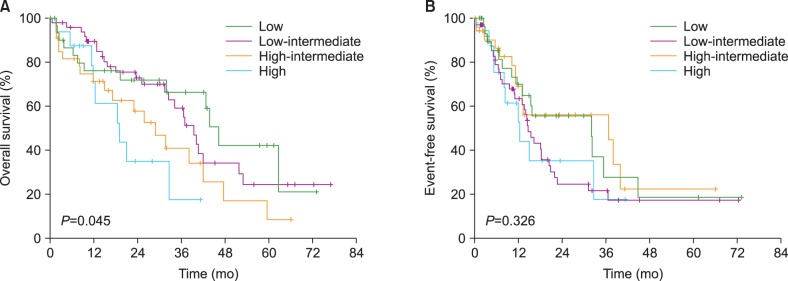
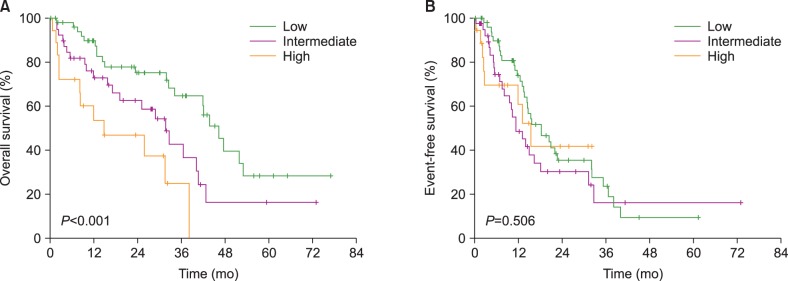




 PDF
PDF ePub
ePub Citation
Citation Print
Print


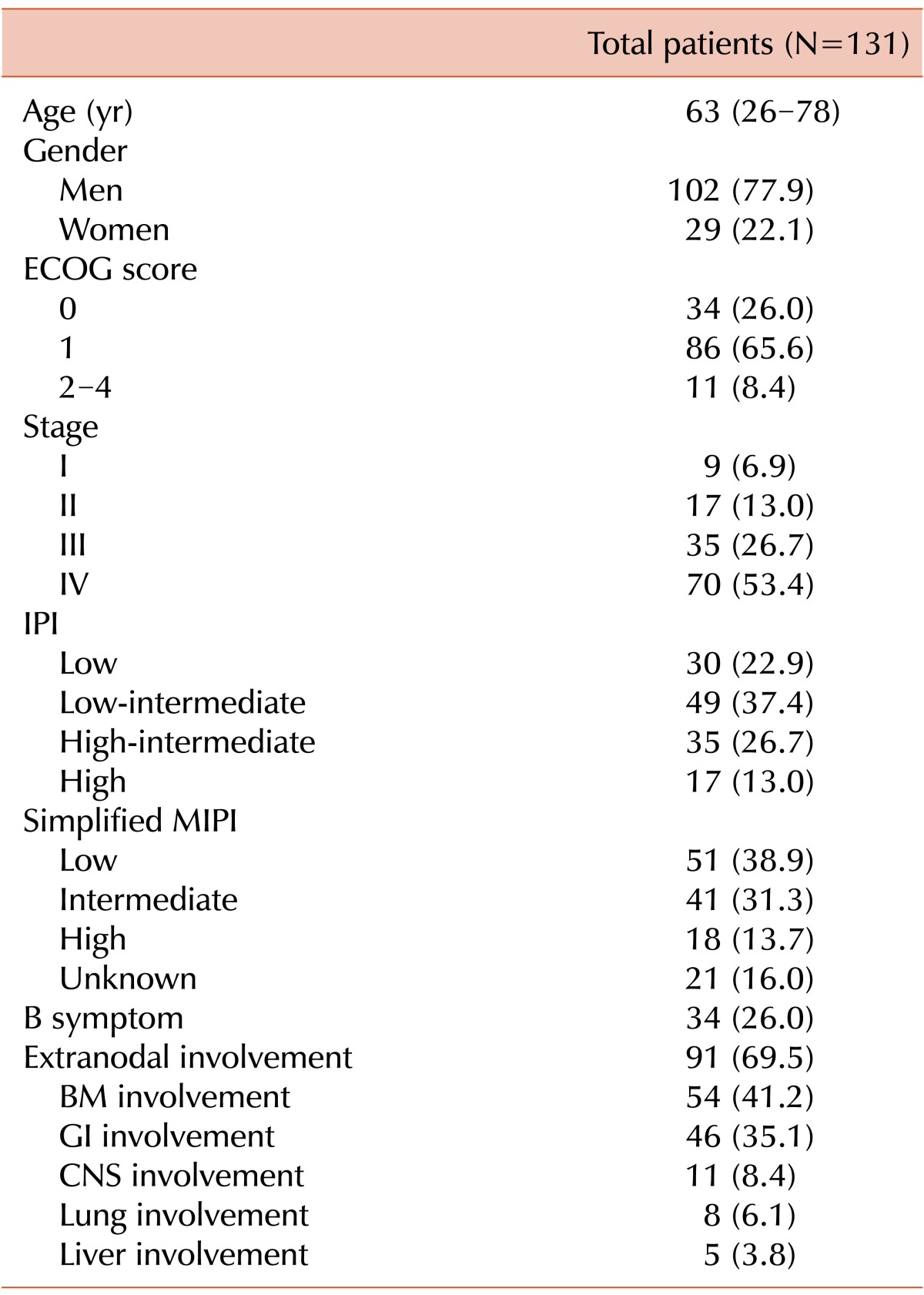
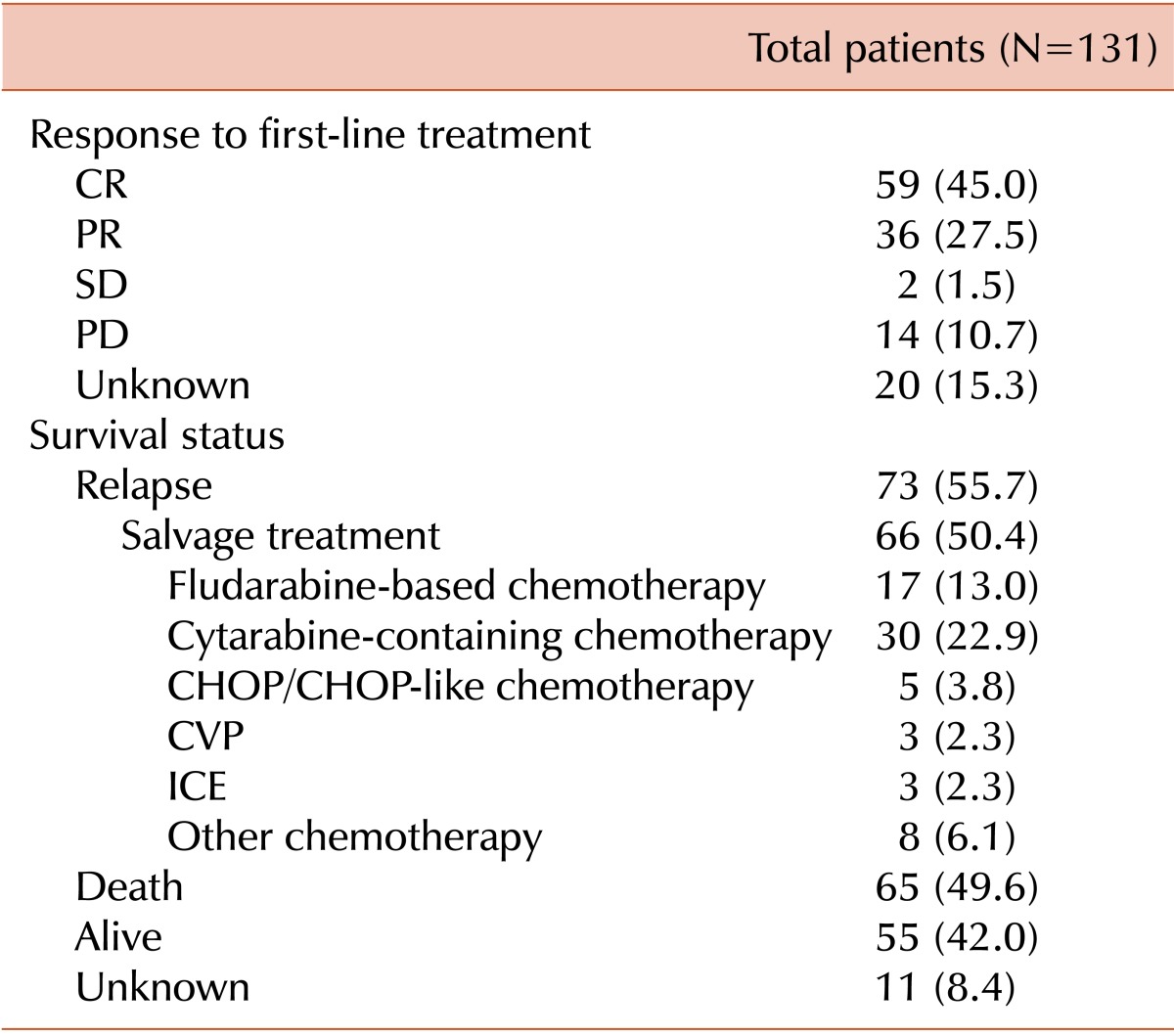
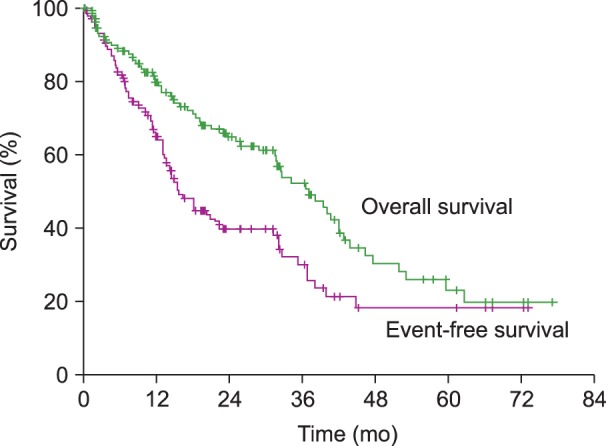
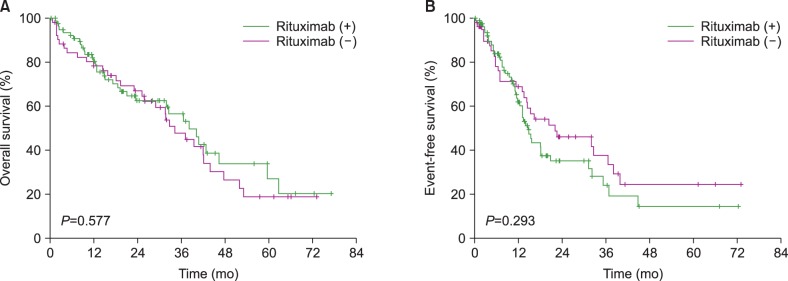

 XML Download
XML Download